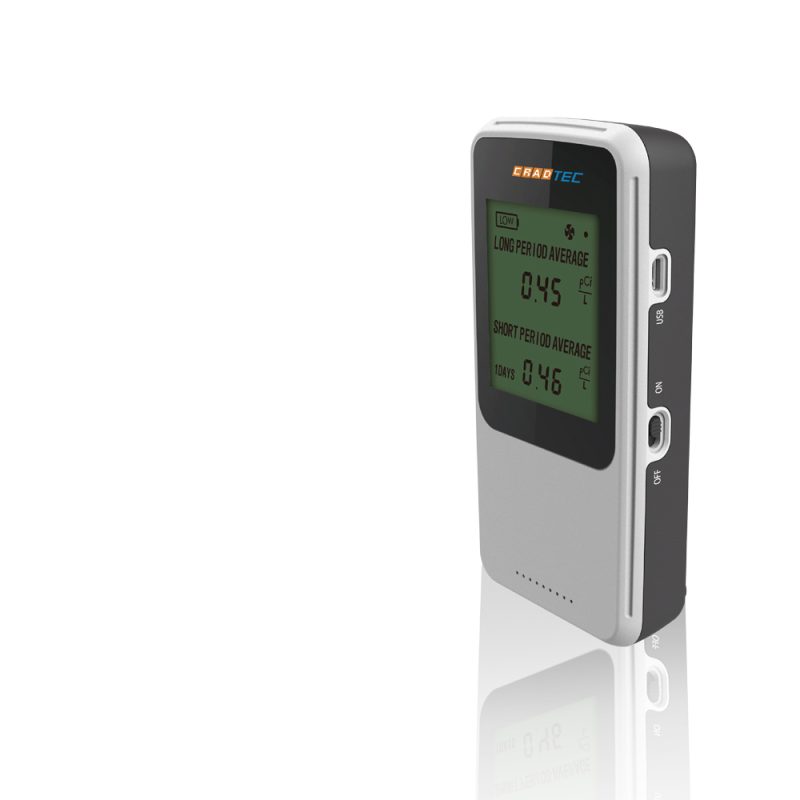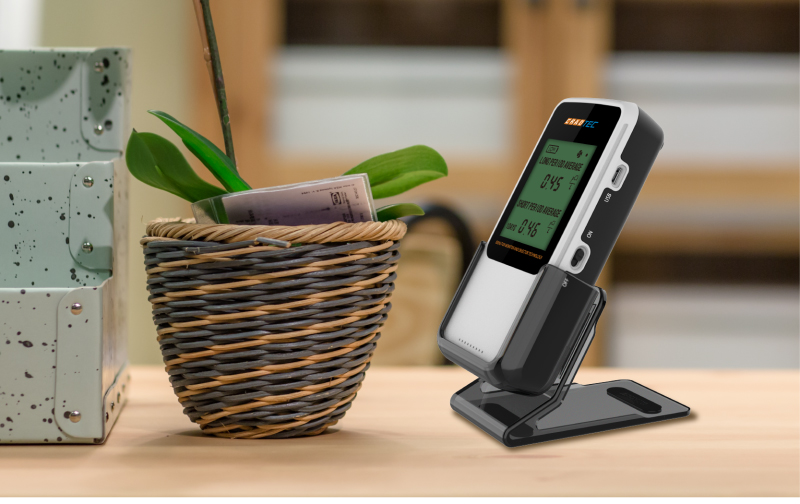Knowledge
How to Test for Radon ?
Testing for radon in your home or any other building is important for ensuring a healthy indoor environment, as radon is a colorless, odorless, radioactive gas that can cause lung cancer. Here’s a general guide on how to test for radon:
Short-term Testing
-
Choose a Test Kit: Purchase a radon test kit. These are available at hardware stores, online, or through your state radon program. There are various types of test kits, including charcoal canisters, alpha track detectors, and electric monitors. For a quick check, a short-term test kit, which usually measures radon levels for 2 to 7 days, is a good start.
-
Place the Test Kit: Follow the instructions that come with your test kit. Typically, you’ll place the test kit in the lowest living space of the home (like a basement) where it won’t be disturbed, at least 20 inches above the floor, away from drafts, high heat, and high humidity. Close all windows and doors at least 12 hours before starting the test, and keep them closed as much as possible during the test period.
-
Test Duration: Leave the test kit in place for as long as the test instructions indicate. After the testing period is complete, seal the test kit (if required) and send it to a laboratory for analysis.
-
Results: Wait for the lab to send back your results. The results will tell you your home’s radon level. The EPA recommends taking action to reduce radon levels if your radon level is 4 picocuries per liter (pCi/L) or higher.
Long-term Testing
If you need more accurate results that reflect your home’s average year-round radon levels, consider a long-term test that lasts for more than 90 days. Alpha track and electret ion chamber detectors are commonly used for this type of testing.
Continuous Radon Monitors
For ongoing monitoring and real-time measurements of radon levels in your home, you might consider investing in a continuous radon monitor. These devices not only provide current radon levels but can also alert you to any spikes in radon concentration, ensuring you can take immediate action if needed.
One such device is the Cradtec Radon Detector. This advanced radon monitor offers precise and reliable monitoring of radon gas levels in your home environment. Equipped with user-friendly features, the Cradtec Radon Detector allows for easy setup and interpretation of results. It continuously monitors the radon levels, providing you with both short-term and long-term readings. This can be particularly useful for assessing the effectiveness of any radon mitigation measures you have in place or for monitoring fluctuations in radon levels due to seasonal changes or other factors.
By incorporating a device like the Cradtec Radon Detector into your home, you gain the advantage of having ongoing insights into radon levels, enabling a proactive approach to maintaining a healthy indoor air quality.
Professional Testing
If you prefer not to do the testing yourself or if you are buying or selling a home, you might choose to hire a qualified radon professional. Professionals can offer both short-term and long-term testing options with more sophisticated equipment.
After Testing
- Below 4 pCi/L: While no level of radon is considered completely safe, levels below 4 pCi/L are generally considered acceptable by the EPA, though you may still consider mitigation to reduce levels further.
- 4 pCi/L or Higher: If your radon levels are 4 pCi/L or higher, the EPA recommends taking steps to mitigate. This typically involves installing a radon reduction system, which usually consists of a vent pipe system and fan, which pulls radon from beneath the house and vents it to the outside.
It’s important to retest your home every two years, or after any significant renovations, to ensure radon levels remain low. Also, testing multiple times or under different conditions can provide a more accurate understanding of your home’s radon levels.



